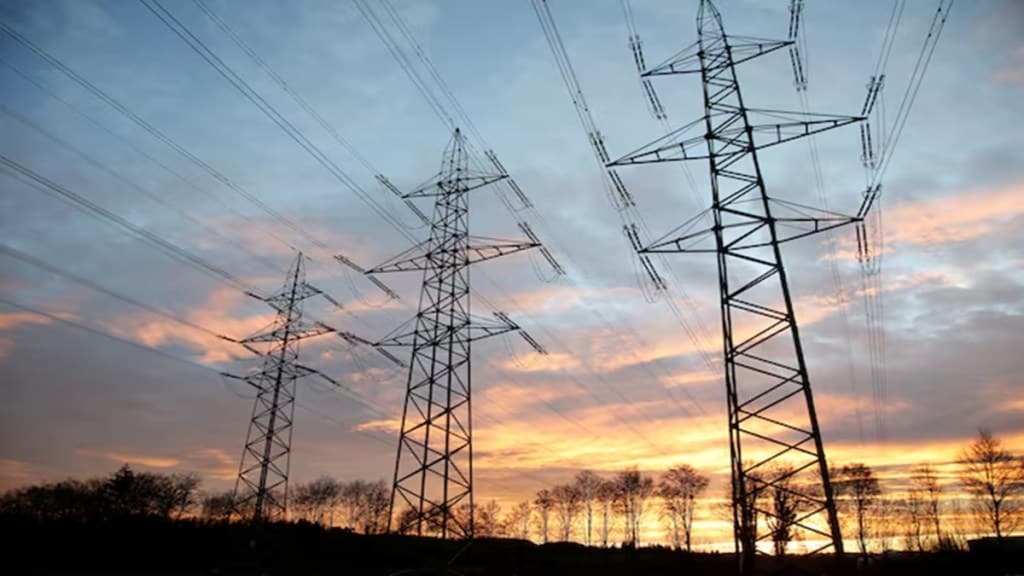With the losses of state-run electricity distribution entities (discoms) rising unabated despite the series of financial support schemes linked to regulatory targets over the last two decades, the Centre has proposed legal amendments to introduce competition and market discipline in the sector.
The Union power ministry has proposed to allow industries to directly procure electricity from private players, and remove the obligation on the discoms to supply to all consumers in the respective geographies. This means “open access” consumers — industries and businesses with consumption above 1 megawatt – may have to pay premium tariffs in the event of shortage, while supply will be uninterrupted.
The move is expected to improve the revenue flows of discoms, as it will help unlock substantial electricity demand from industries that can access affordable power directly. The proposed reforms will also reduce tariff distortions and support industrial expansion, the ministry said, while releasing draft amendments to the Electricity Act, 2003.
According to the proposals, a distribution network will be opened to multiple private companies in the same area. At present, multiple licensees in the same area are required to maintain separate networks, leading to duplication of infrastructure and excess costs.
The amendments further propose to empower State Electricity Regulatory Commissions to determine tariffs on their own, without having to wait for the proposals from the power generation utilities, a move that cut delays. The intent is to ensure that revised tariffs are implemented from April 1 of each financial year, improving the overall financial discipline in the power sector.
At present, distribution licensees are bound by a Universal Service Obligation (USO) to supply electricity to all consumers, including those eligible for open access.
As electricity demand rises, loss-making distribution companies are compelled to procure additional, often costlier power, which increases fixed costs and pushes up tariffs for other consumers.
Currently, only a few distribution regions including the national capital region, Odisha, Maharashtra and Gujarat — are privatised, while the Uttar Pradesh government is planning to privatise two discoms in the state.
Analysts have long been pointing out that high cross-subsidies and surcharges inflate industrial tariffs, reducing the competitiveness of Indian manufacturing and constraining MSME growth.
“… it is proposed that State Commissions in consultation with State Governments may exempt Distribution Licensees from the USO for consumers eligible for open access. To ensure uninterrupted supply, State Electricity Regulatory Commissions may designate one of the distribution licensees to supply power at a premium over the cost of supply, if other supply arrangements fail,” the ministry proposed.
Of course, implementation of the proposals will depend to large extent on the concurrence of state governments and state power regulators.
Despite major structural reforms under the Electricity Act, the majority of the country’s distribution licensees continue to face chronic losses because the tariffs they charge do not fully recover the actual cost of supplying electricity.
According to the PFC report for 2023-24, aggregate technical & commercial (AT&T) losses of state-run discoms stood at 16.1% while billing efficiency slipped to 86.9%, and accumulated losses rose to Rs 6.9 lakh crore.
The discoms’ financial health and technical parameters saw an improvement immediately after the Covid period, with a higher level payment discipline enforced, but hhave slipped again. The Centre’s Revamped Distribution Sector Scheme, a reforms-based and results-linked scheme with an outlay of over Rs 3 lakh crore for five years from FY22 to FY26 had set a reduce AT& C losses at pan-India level to 12-15% and ACS-ARR gap to zero by FY25.
As per Icra’s estimate and based on the tariff orders issued by the state electricity regulatory commissions , the regulatory asset — the gap between revenue collected and cost of supplies – at all-India level remains elevated at around Rs. 3 lakh crore, mainly driven by the discoms of Tamil Nadu, Uttar Pradesh, Rajasthan, Maharashtra, Delhi, West Bengal and Karnataka, with the first three states accounting for the bulk of the share.
Open access allows eligible electricity consumers to purchase power directly from any supplier, and use the local distribution infrastructure to transmit it, on payment of user charges.


